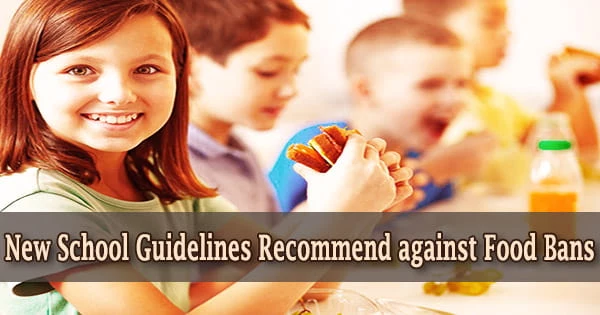Food allergies should be taught to employees at schools and child care centers, and epinephrine should be ready to treat anaphylaxis, but new guidelines do not recommend food bans.
The guidelines were produced by an international team led by McMaster University, which developed practice guidelines for the prevention and management of food allergies in child care centers and schools. The recommendations were published in the Journal of Allergy and Clinical Immunology today.
“The management of food allergy is a sensitive topic,” said Susan Waserman, chair of the guidelines panel, an allergist and professor of medicine at McMaster University.
“Our goal is to help the school community understand the risk of allergic reactions and offer evidence-informed guidance for managing it.”
According to the standards, child care and school staff should be trained in how to avoid, recognize, and respond to allergic reactions. Unassigned epinephrine autoinjectors, such as the ALLERJECT, Emerade, and EpiPen, should also be kept on hand, according to the guidelines.
Except in limited rare circumstances, the rules urge that there be no site-wide food bans, such as ‘nut-free’ schools, or allergen-restricted zones, such as ‘milk-free’ tables.
The management of food allergy is a sensitive topic. Our goal is to help the school community understand the risk of allergic reactions and offer evidence-informed guidance for managing it.
Susan Waserman
There is little evidence that food bans succeed, according to research. Other common-sense techniques that child care facilities and schools can utilize to lessen the likelihood of allergic reactions include providing adult supervision during snack and meal times, eliminating allergens in curriculum and fieldtrip activities, and encouraging handwashing.
Food allergies affect one to ten percent of newborns and preschoolers, as well as one to 2.5 percent of schoolchildren. The majority of people who have a severe allergic reaction known as anaphylaxis survive, but it is possible to die if the reaction is not managed.
“Given that children spend much of their time in child care centers and schools, it is not surprising that food allergy management has become a topic of concern in these settings,” say the guidelines.
“Anxiety and fear about the risk of accidental exposure to food allergens, and the burden of managing that risk, may limit children’s participation in day-to-day activities. Children with food allergy are also at risk of allergy-related bullying.”
A group of 22 healthcare professionals, school administrators, and parents of children with and without food allergies, as well as a team of six researchers with methodology expertise, made up the worldwide guideline panel.
Because there was a dearth of high-quality evidence in a comprehensive literature assessment of techniques for treating food allergies in schools, the guideline recommendations were categorized as conditional. Current education and child care policies and practices may not be supported by the best available evidence in many circumstances.
“It’s not possible to totally remove the risk of allergic reactions,” said Waserman. “However, interventions based on evidence may help community members manage the risk and support allergic students.”
“As more research becomes available, some of the recommendations might need to be updated,” she said. “We hope to see more high-quality research conducted in the future.”
The guidelines are endorsed by the U.S. Allergy and Asthma Network; American Academy of Allergy, Asthma, and Immunology; American College of Allergy, Asthma, and Immunology; Canadian Society of Allergy and Clinical Immunology; and the World Allergy Organization.
The Allergy, Genes, and Environment Network (AllerGen), a Canadian federally funded research network, supported the study.
















